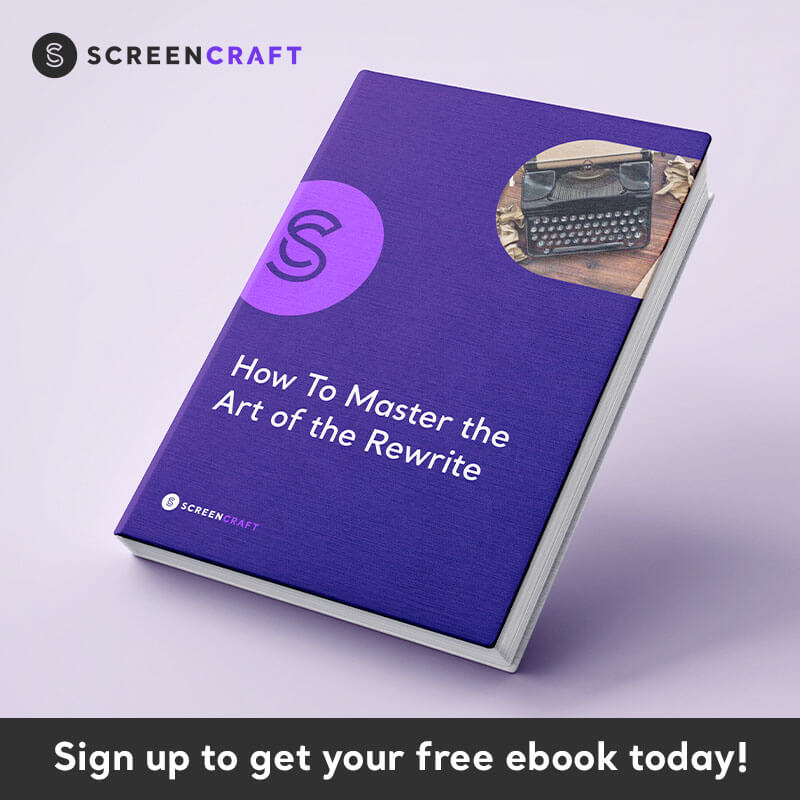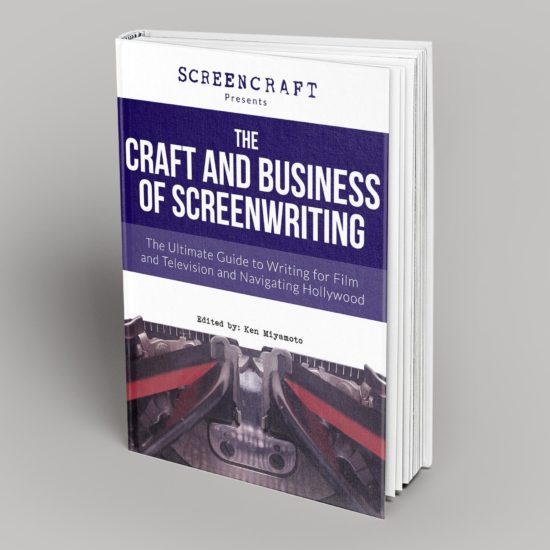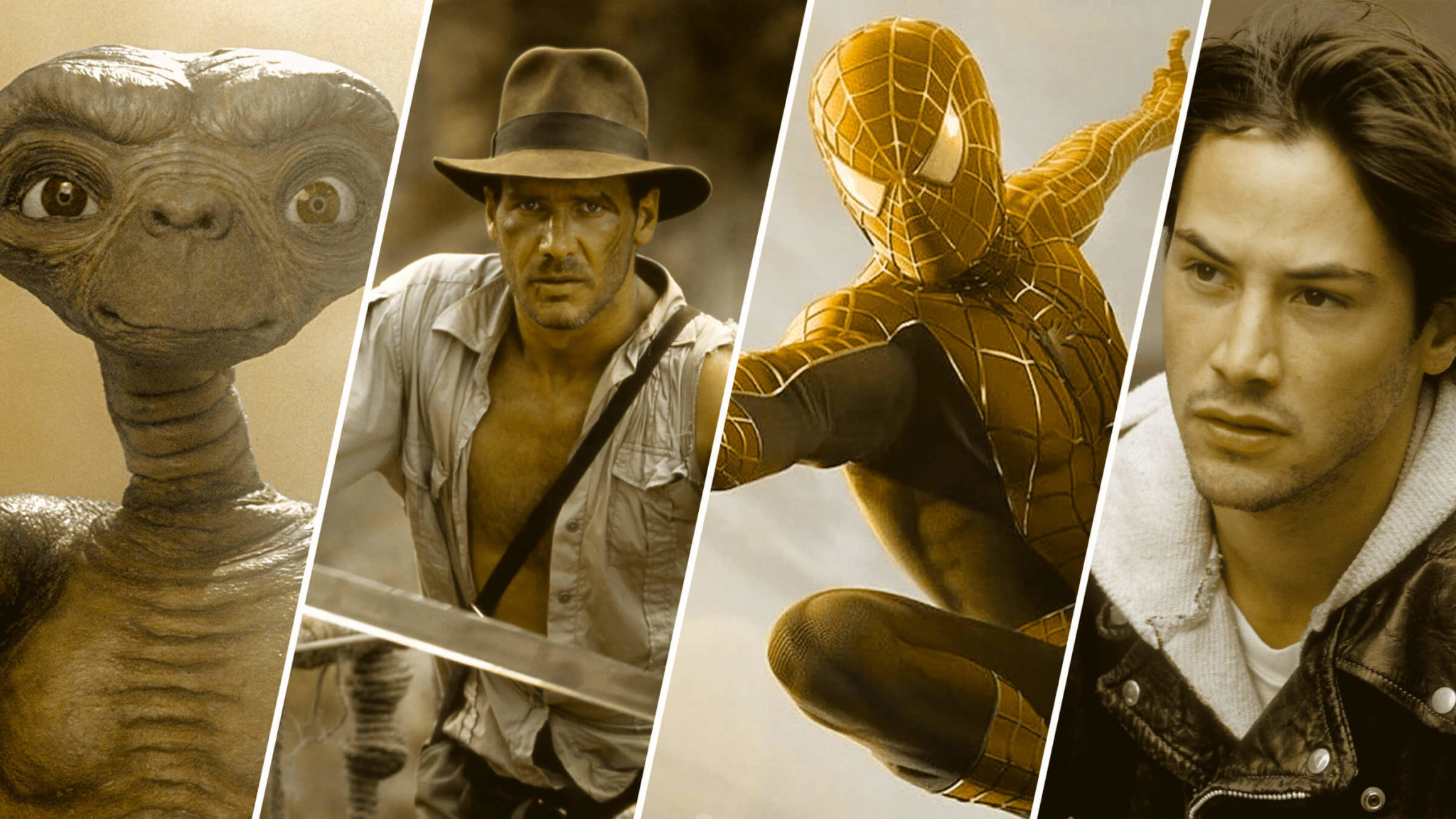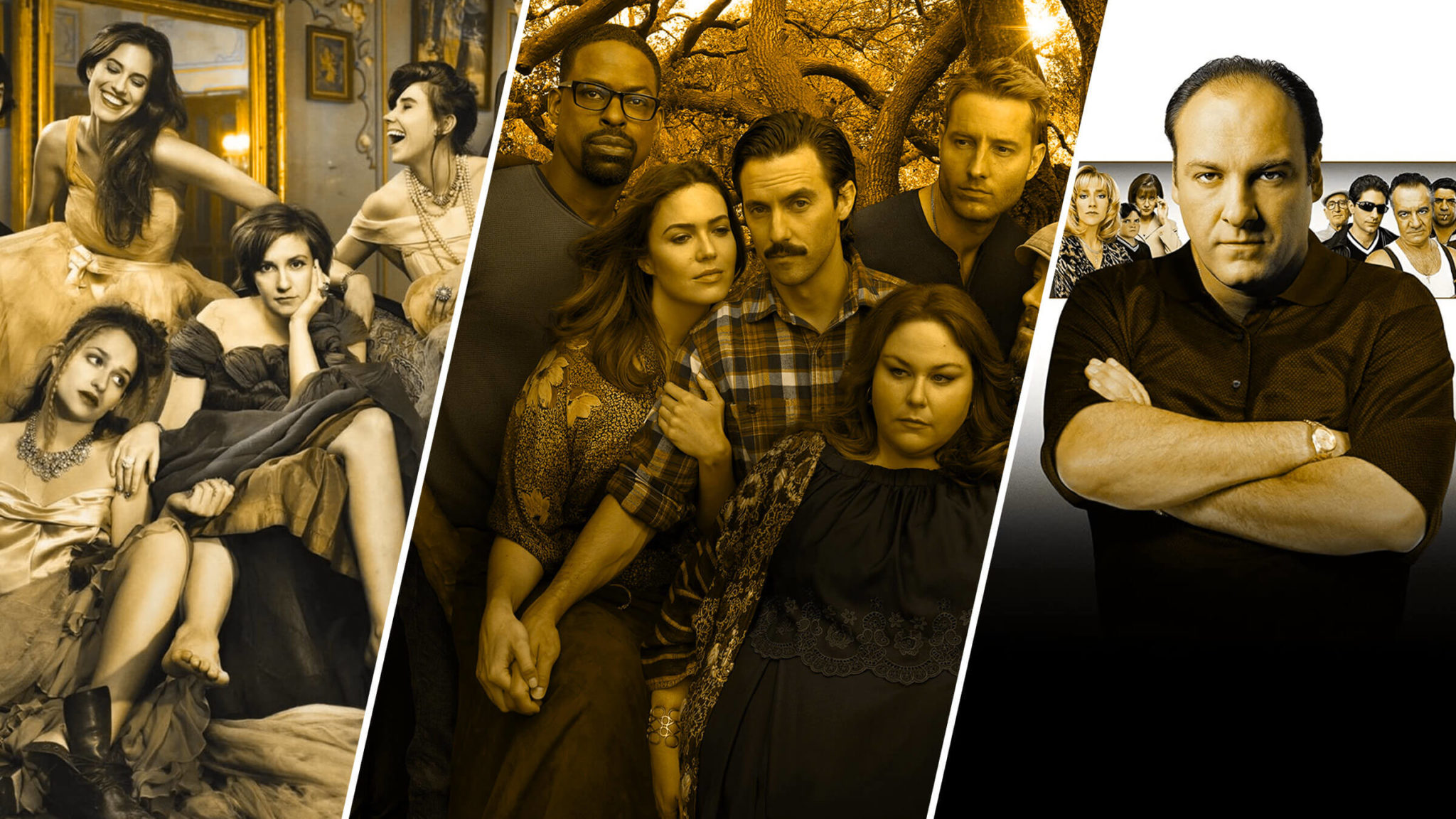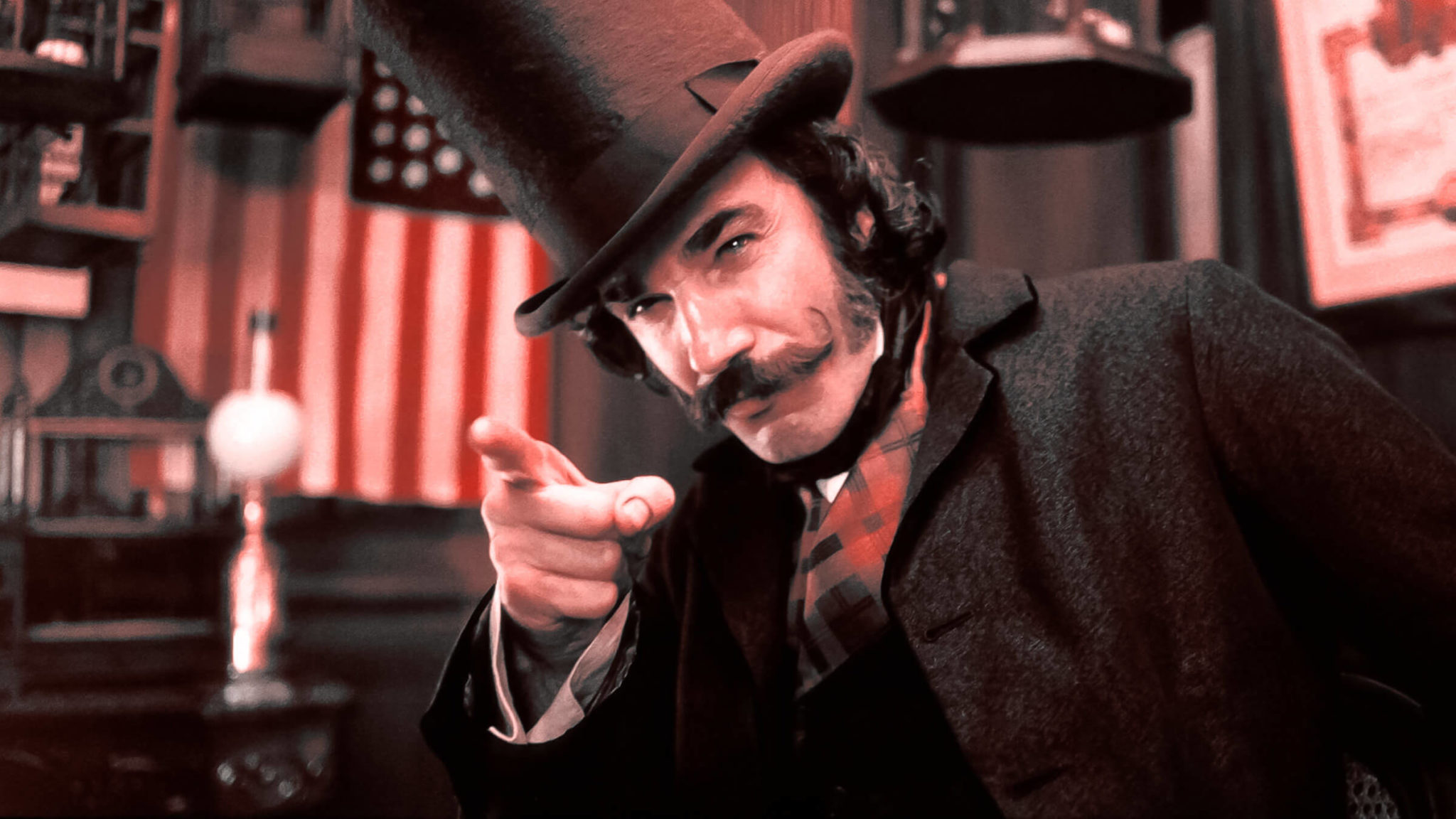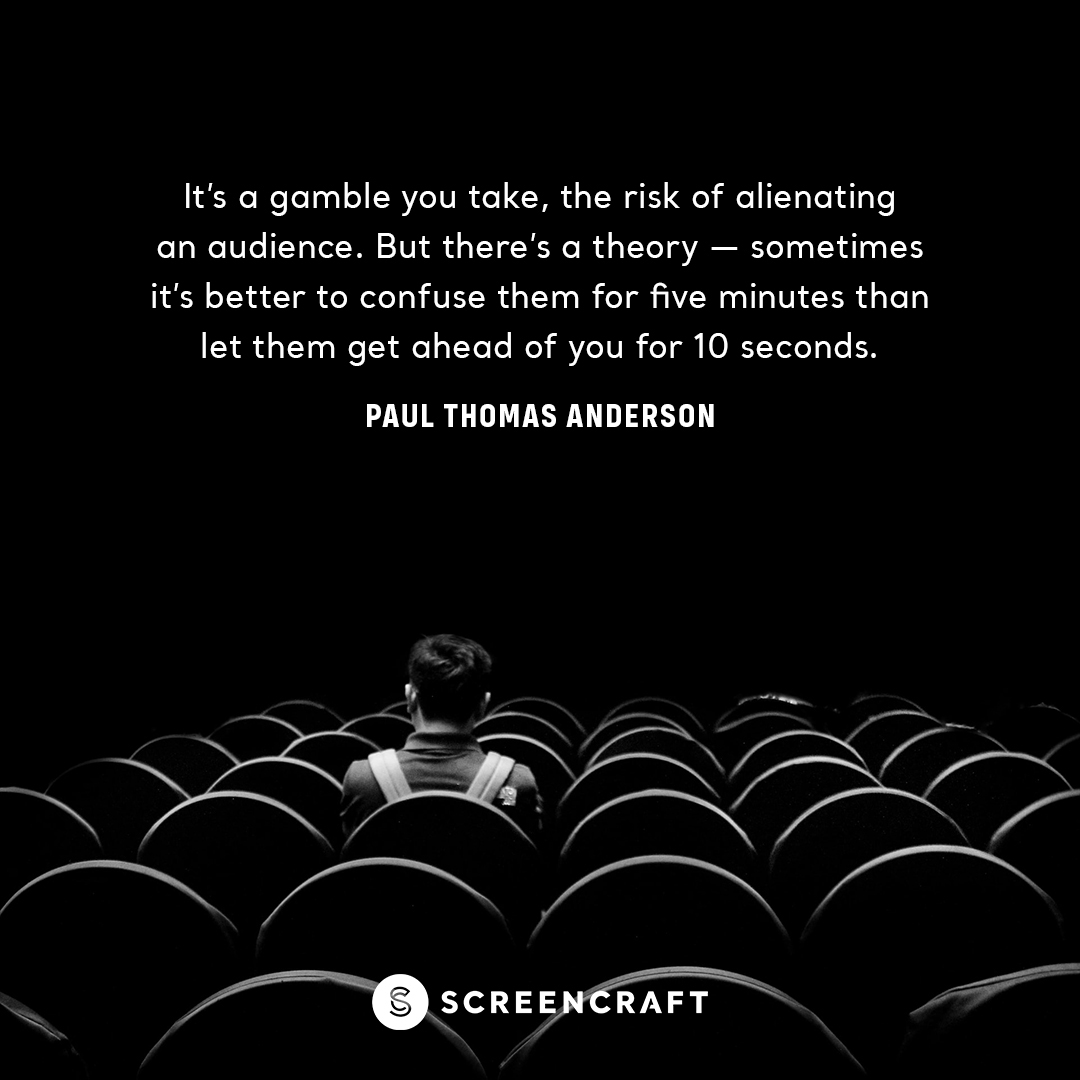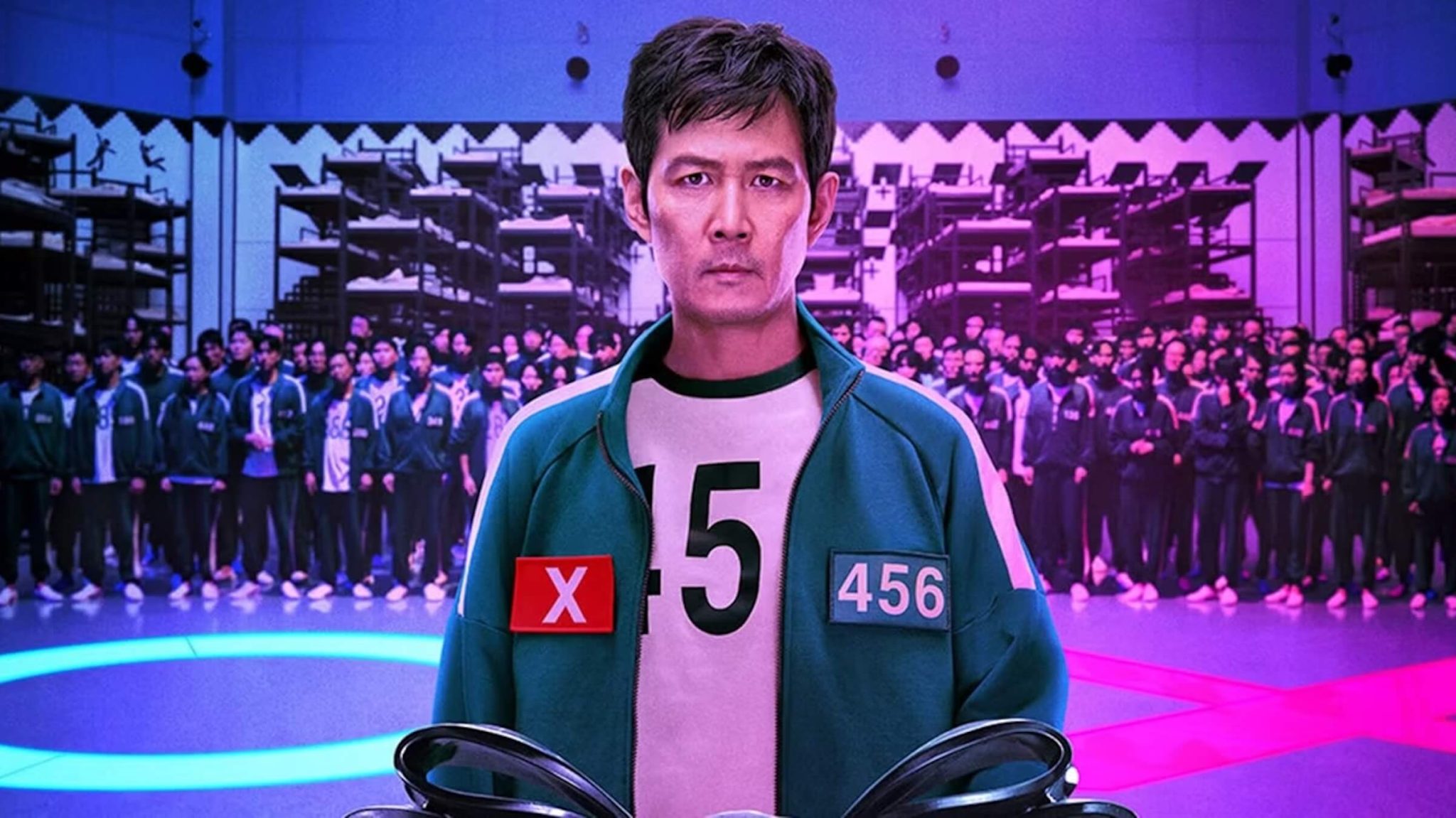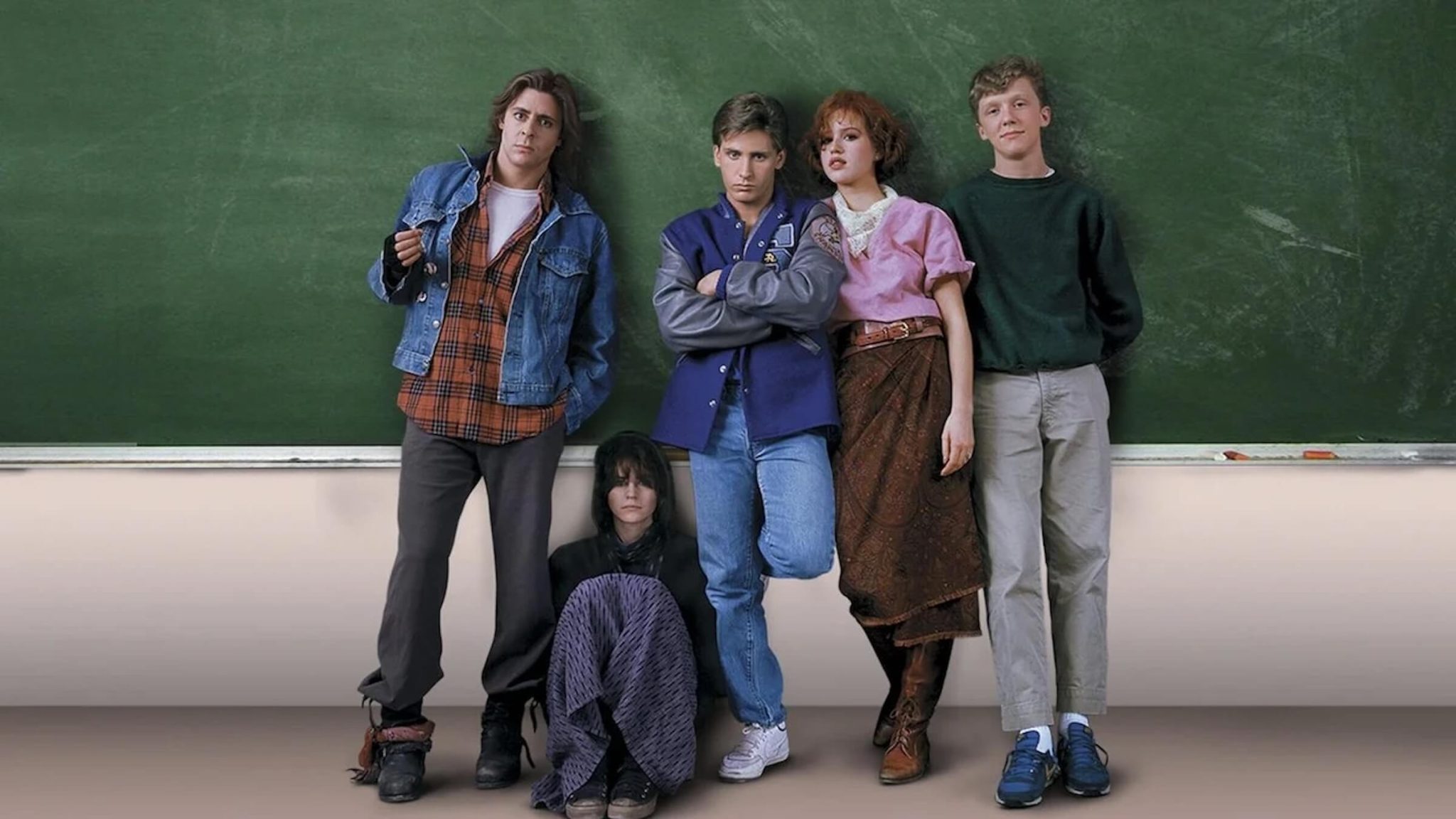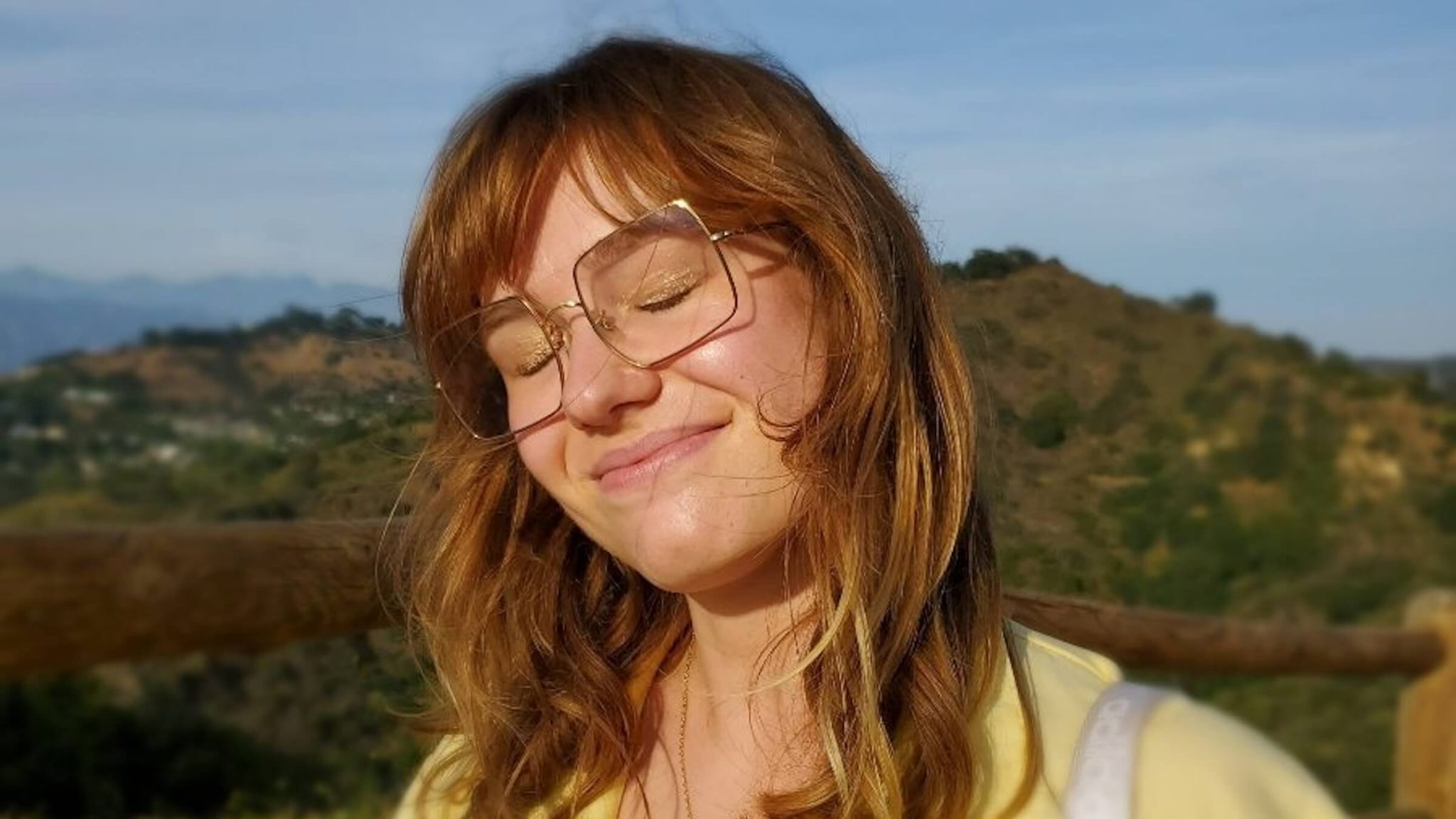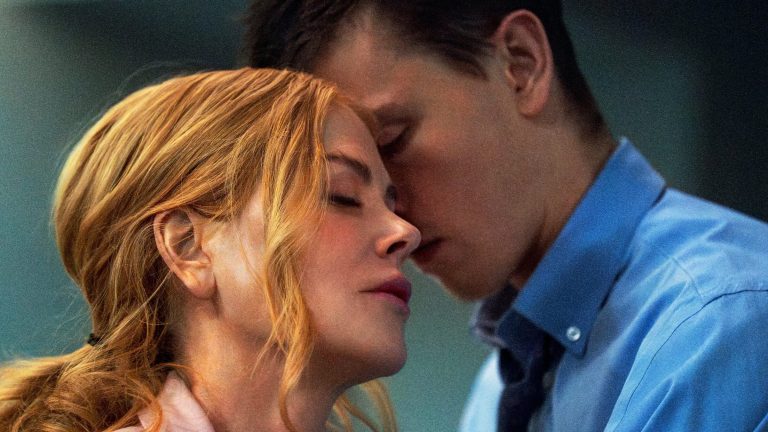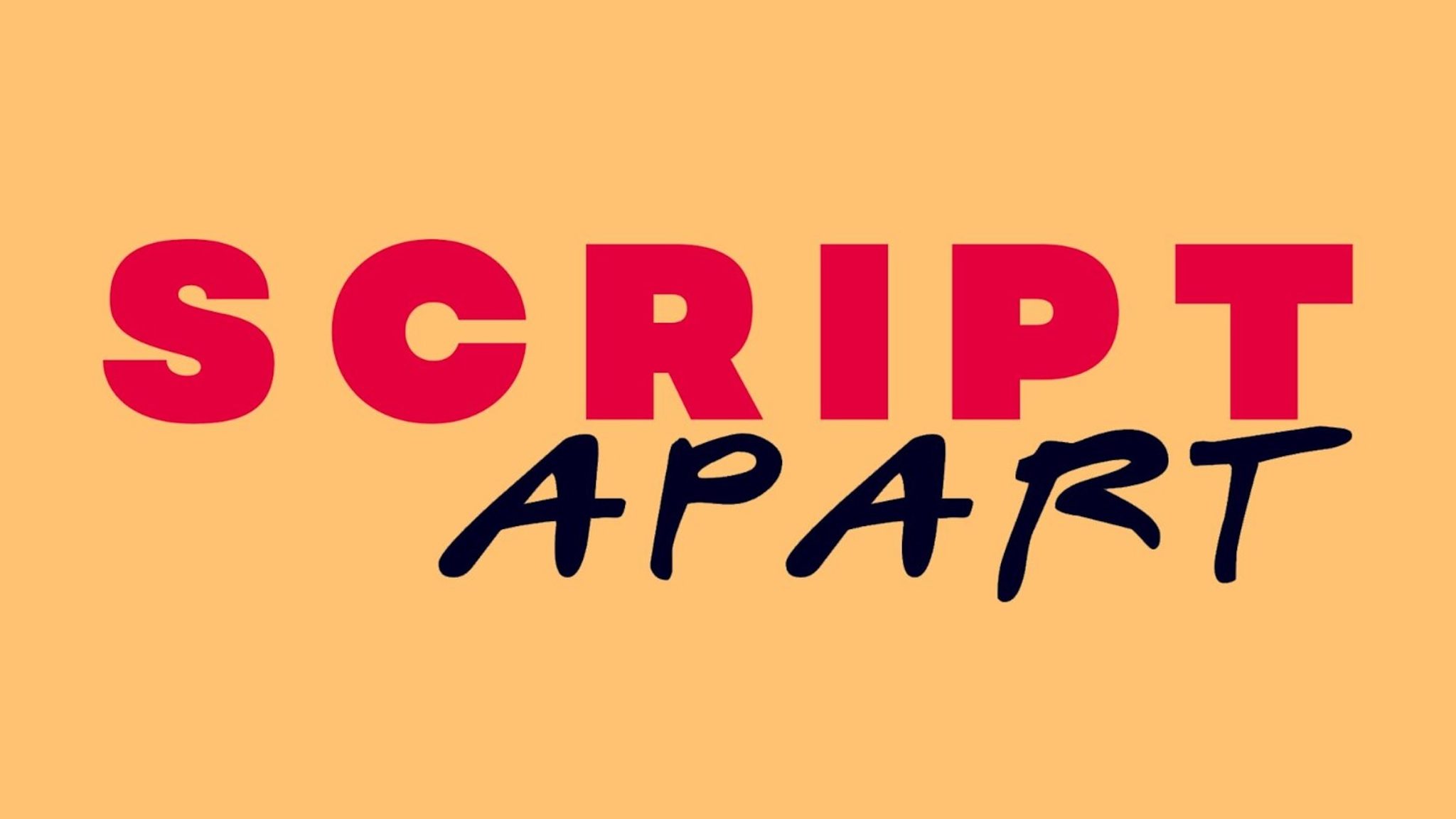Interview with 'Somewhere Slow' writer-director Jeremy O’Keefe

Writer-director Jeremy O’Keefe’s second feature Somewhere Slow, starring Jessalyn Gilsig and Graham Patrick Martin, recently won Best Narrative Film at the 2013 Brooklyn Film Festival. Audiences all over the country have embraced the film, which follows Anna (Gilsig), a high-strung skin care rep on a quest to find herself after witnessing a terrible crime and meeting an enigmatic teen runaway (Martin).
After reviewing the film (Review: ‘Somewhere Slow’ takes its time developing character empathy) ScreenCraft’s Landon McDonald had the opportunity to chat with director Jeremy O'Keefe about his detail-oriented approach to filmmaking, the reason character empathy is more important than sympathy and why Robert Forster makes such a convincing Laundromat owner.
Landon: A botched convenience store robbery serves as the impetus for Anna’s journey. What was the inciting incident that inspired you to write Somewhere Slow?
Jeremy: I was on an airplane on my way to a wedding, after getting fired from a job I didn’t want anyway and I got really uncomfortably introspective as I always do on airplanes. I thought about my own feelings of paralysis and fantasized about breaking free of them. I thought about how in that moment, my life was going nowhere fast. I thought that if I was stuck full speed going nowhere fast – then the only thing I could do to save myself was to find somewhere slow. Then I had a vision of Anna.
Landon: Jessalyn Gilsig does a marvelous job portraying the repressed, emotionally fragile Anna. She excels at finding the humor in her character’s neuroses without reducing her to the level of caricature. Beneath Anna’s scatter-brained exterior, there’s a deep undercurrent of sorrow and quickly mounting desperation. How did you and Jessalyn work together to create such a vivid, nuanced performance?
Jeremy: You know Jessalyn produced this with me, Michael Anderson and Christopher Sepulveda. After shooting, when the cut was going through that awkward pubescent state where we’re trying to find the movie, it was a challenge for her to watch, at first as she is in nearly every frame, in the most vulnerable of ways. Jessalyn’s performance in this has always been my not-so-secret weapon. I knew that at its most basic level – the film would succeed on her fantastic performance. So it’s good to hear you agree.
There are a lot of words that can be used to describe Anna when we first meet her – kooky, weird, fake, fragile – and these words can be a trap to an actor. Jessalyn and I wanted to keep Anna active and the word we talked most about is “particular.” Anna is particular – she’s no more a weirdo than you or I. Jessalyn has made a career of playing characters that often have abrasive adjectives associated with them, and one of the reasons I knew she would be perfect for Anna is because she starts the work with loving the character – with empathy as opposed to sympathy. She asks “How are we alike?” And this acceptance of Anna that she approached the role with is why audiences are so drawn to her. My goal as a filmmaker has always been to explore how we, as people, are alike, not how we’re different.
I am fascinated with details – the moments within the montage, not the montage. I like to explore the complexity. Jessalyn understood that from the first time she read the script. She approached Anna, not as a type, but as one of us – a mix of fear and joy, happy and sad. And she loved Anna for it.
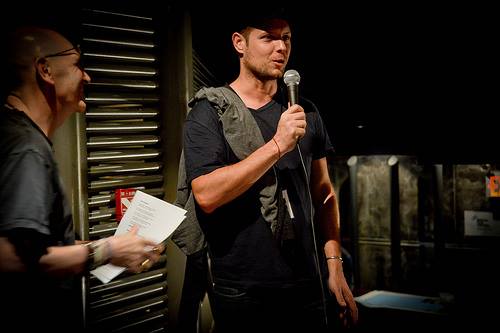
Jeremy O’Keefe’s endearing road movie Somewhere Slow won the coveted Best Narrative Film Award at the 2013 Brooklyn Film Festival.
Landon: This is your sophomore effort as a writer-director. What’s the most important thing you’ve learned about filmmaking in the time between Somewhere Slow and your feature-length debut, 2008’s Wrestling?
Jeremy: I’ve been in an on-going process of trying to figure out what I’m supposed to be doing in this career. Sure, there are technical elements I’ve learned, like the importance of sound design, but the most important thing that I’m still learning is to trust myself. And to not compare my progress with those of others. While I am constantly inspired by other filmmakers like Alexander Payne, there are very few films that I wish I had made myself. The only one in recent memory is Jonathan Levine’s Warm Bodies – a lovely, simple, engaging story. So I’ve learned to stop comparing myself and I’m trying to trust that what I want to say is something that people will connect with and leave it at that.
Landon: Has your screenwriting process evolved during that time?
Jeremy: It’s still evolving. I’ve written a few “commercial” movies – a teen thriller and psychological horror film – and man, those are work. So much focus on plot. Working on those I feel like a painter must feel working on commission – I can do it, but it feels like work rather than expression. I’m most comfortable creating characters in my head and giving them a place to start. I then let them tell me the story. And now, if it flows out, I trust it. If it’s laborious then I throw it out.
Landon: What about your directorial style? Are you at all self-conscious about putting your “stamp” on a film or do you prefer to simply focus on the performances?
Jeremy: I almost feel like you have an idea about how I’m going to answer this. I wouldn’t quite call it “self-conscious” – though I’ve asked myself the same question – but yes, I do not like my writing or directing to appear or overshadow the journey of the characters – and I do become extremely self-conscious when it does, and those moments typically get cut from the film. I do, though, have moments in each of my films where it calls for more cinematic storytelling, and I’ll do it – the 360 degree shot on Spar Island in Somewhere Slow, the spotlight shot in Finale, the aerial dance shot in Wrestling – but only, only when it’s in line with the characters’ own emotional shift of reality.
Landon: Do you ever write characters with certain actors in mind?’
Jeremy: I have begun to now. I have always written characters with certain people in mind. People from my life. And now I still do it, but get to imagine certain actors actually filling these people out. That’s fun.
Landon: Graham Patrick Martin plays Travis, an adolescent drifter who helps Anna reclaim her sense of individuality and self-worth while struggling to put his own troubled past behind him. The teenage vagabond on a “journey of self-discovery” is a staple of the indie road movie. How does Travis break the mold? Also, what makes his Mormon upbringing such a vital aspect of his character?
Jeremy: Graham Patrick Martin is a force to be reckoned with. He’s a wonderful spirit with a great talent. We read a ton of people for the role, and Graham was the only one who captured both the old soul and childish wonder that Travis needs. I think we break the mold in the details. The “Hollywood” version of Travis would sexualize and objectify him for the sake of Anna and all those in the audience who fantasize about affairs with younger people. I wanted Travis not to be just an object or a moving prop – I wanted him to be fully developed, nuanced, complex. He needed to be a worthy partner to Anna – and it’s a detail like putting him in a wardrobe from Wal-Mart rather than trendy clothes you’d find at boutique in SoHo, or writing him to be not just one thing but brooding and funny and dorky. Graham approached the work not generally, but specifically – and that’s why his Travis is able to hold his own up there with Jessalyn’s Anna.
Travis’s Mormon background is interesting to me because I think that the Mormon commitment to genealogy is fascinating and telling. “Where do I come from? What will I become?” These are the cornerstone questions of adolescence. I wanted Anna and Travis to have relatable rules they desired to break free from, and for Travis, some of these rules were defined by his religious upbringing.
Landon: In addition to your two stars, Somewhere Slow features a cast of extremely talented – not to mention extremely in-demand – supporting players, including Breaking Bad veterans David Costabile and the legendary Robert Forster. Did you encounter any scheduling difficulties? How long was the shoot from start to finish?
Jeremy: I felt like the luckiest guy on the planet getting to work with my cast. These guys are the real deal. They didn’t want anything special – they wanted to join us and tell the story in the no-frills way we were telling it. Robert Forster’s character, Chris, owns and runs a Laundromat. I was worried about what kind of realistic activities I was going to give him to do – and he showed up with an entire plan of the business his character would be doing during the scene. I was so relieved. He was wonderful. We shot a third of the movie in Los Angeles, and two-thirds in Rhode Island. We shot the LA people like Wallace Langham and Robert Forster in LA and the NYC people like David Costabile and Lindsay Crouse in Rhode Island. Scheduling was actually pretty simple – because we weren’t demanding too much time from them. The shoot was 18 days with a day of pick-ups in Los Angeles.
Landon: Audiences on the festival circuit are responding very enthusiastically to Somewhere Slow. Has anything topped winning Best Narrative Feature at the Brooklyn Film Festival?
Jeremy: I’ve been really pleased with the audience and critical response so far. Winning Best Narrative Feature at Brooklyn was an amazing feeling and very humbling given the other films that were in the program. Some of my favorite moments during this whole journey happen at the Q&A – listening to the responses directly from the audience and the questions they ask. I made the movie in hopes people would connect with it and they do. All of the positive response warms me for all of the work my cast, crew and creative team have poured into this. We want to make another movie and we want to make another movie together.
Somewhere Slow will be in select theaters, including LA’s Arena Cinema Hollywood, and VOD starting Friday, January 31st.
Review: ‘Somewhere Slow’ takes its time developing character empathy
Get Our Screenwriting Newsletter!
Get weekly writing inspiration delivered to your inbox - including industry news, popular articles, and more!

